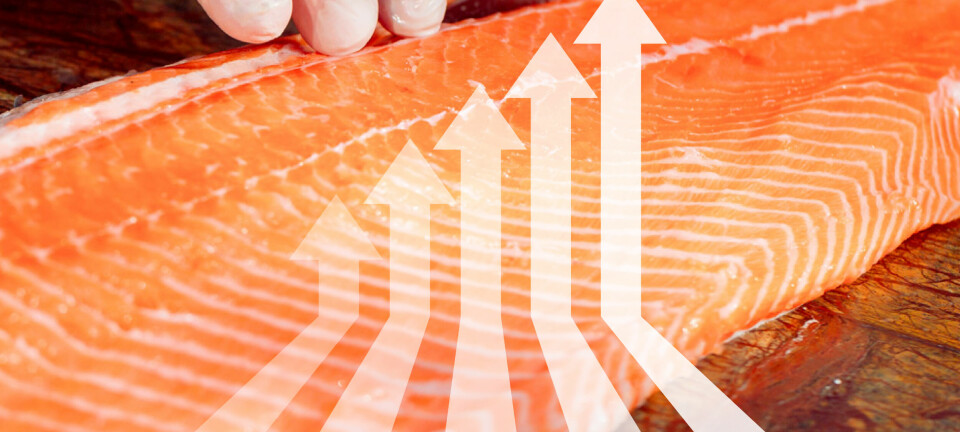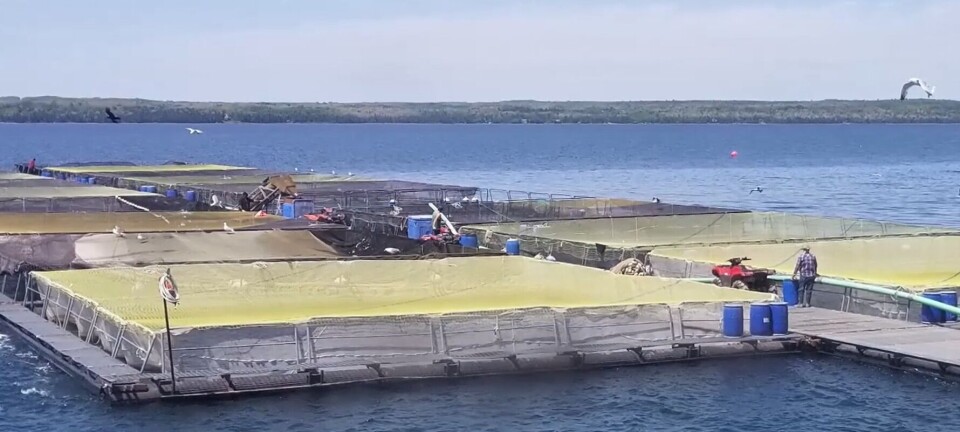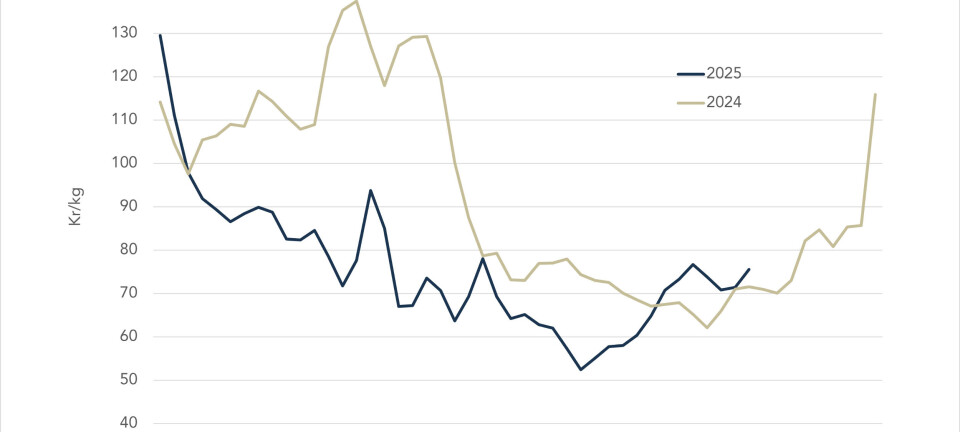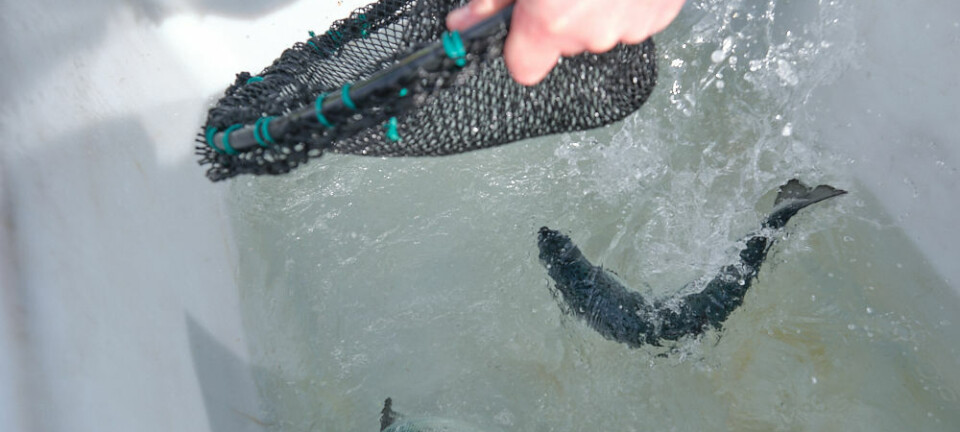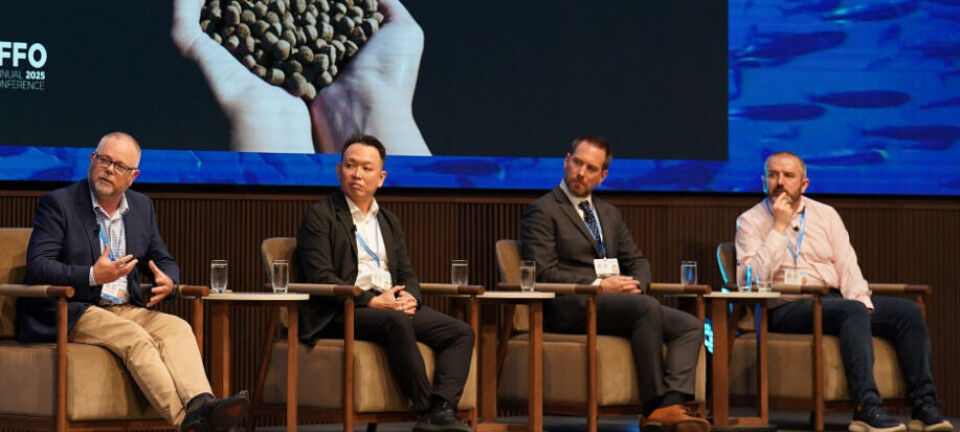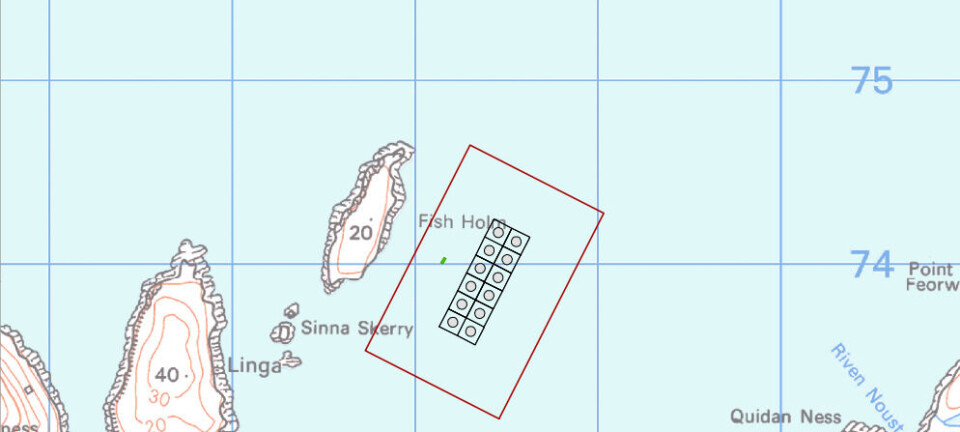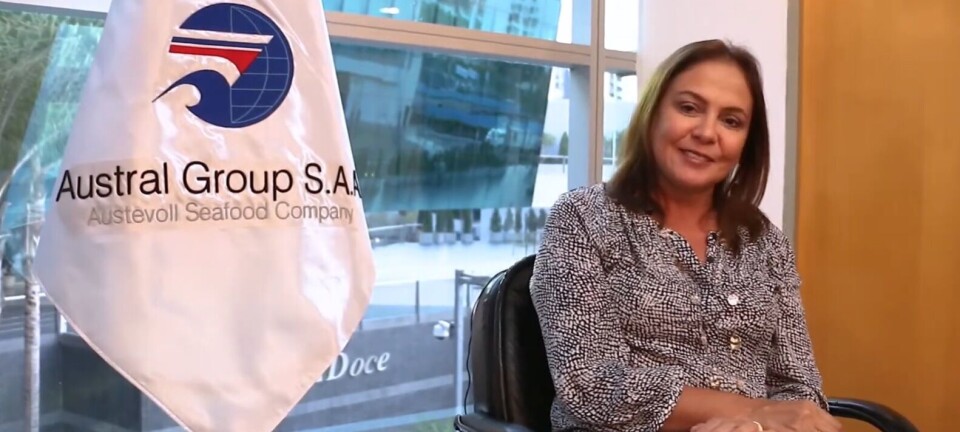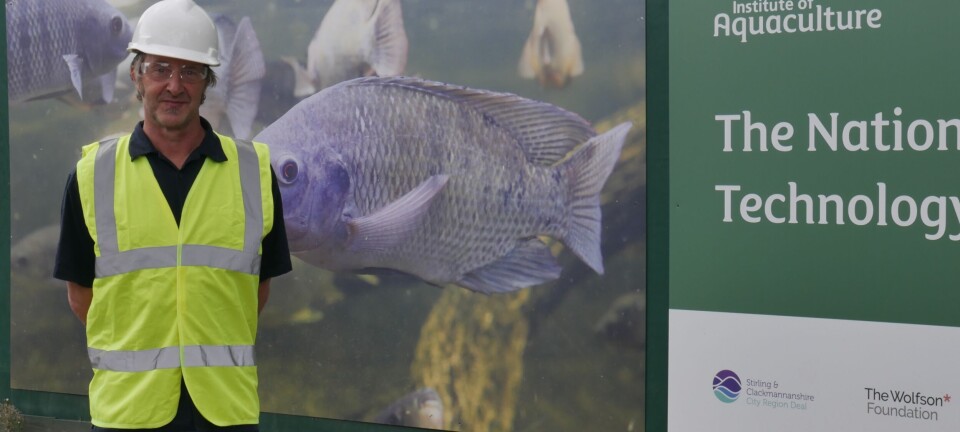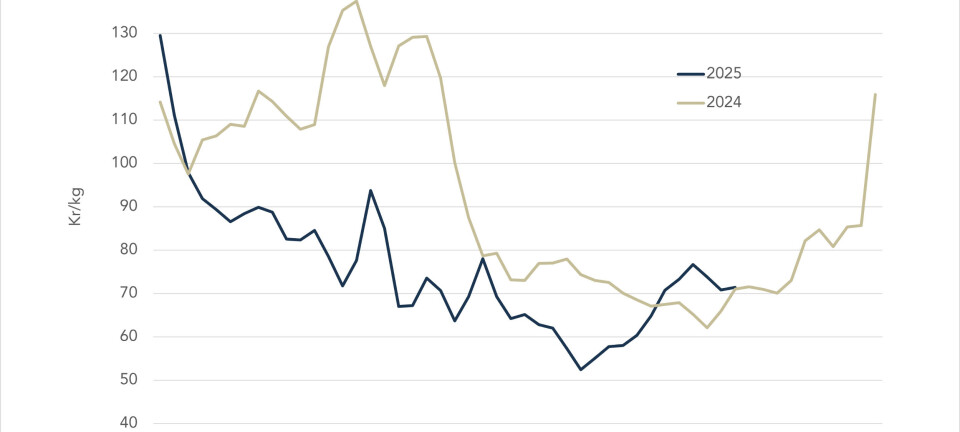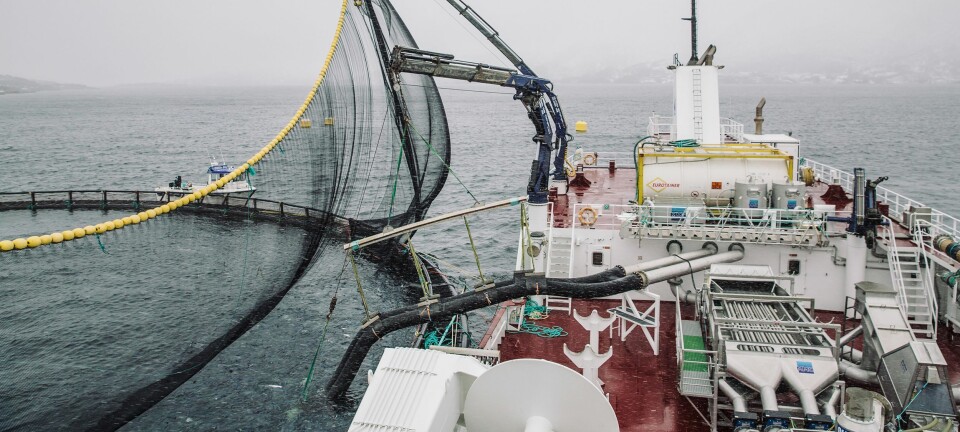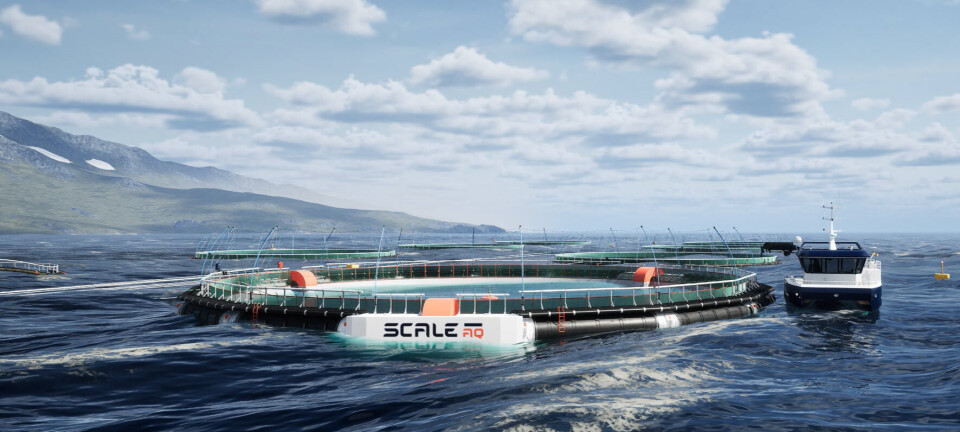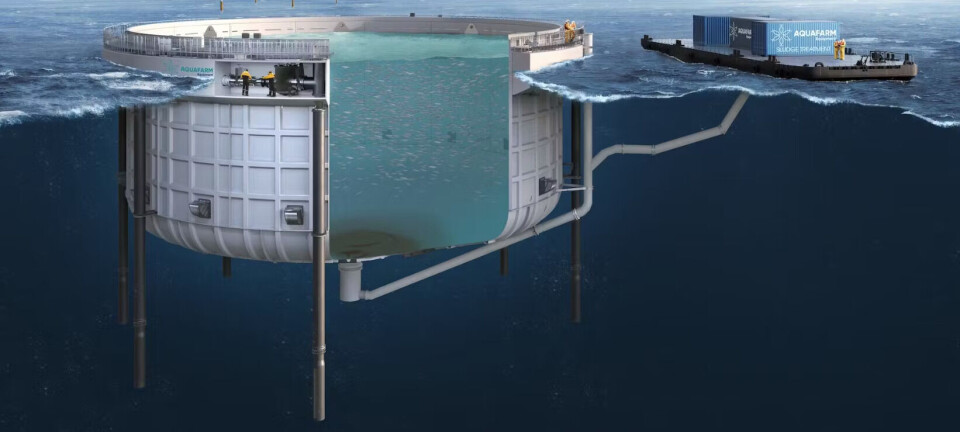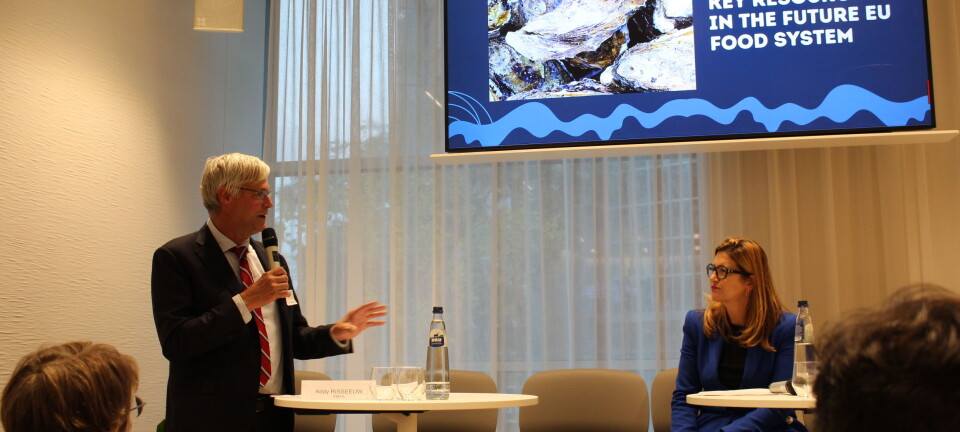
Fish sidestream products 'have more nutrients than fillets'
Use of heads, fins, and frames will provide better nutrition in everyday foods, says Finnish innovator
Fish products made with sidestreams from salmon filleting contain significantly higher levels of key nutrients like collagen, calcium, vitamin D, iron, zinc, and omega-3 fats than the fillets themselves, according to new research.
The study was carried out by Finnish seafood technology company Hailia, a leader in the utilisation of sidestreams such as salmon heads, fins, and frames in food production.
Its findings suggest that fish products made from filleting sidestreams can play a significant role in bringing new and healthier seafood products to market, while offering processors high-value-added ingredients from raw materials with traditionally low commercial value. Products made with Hailia's technology are designed for the consumer and food service sector, and can be used, for example, as a seafood ingredient for a pasta dish, or a sandwich filling.

Hailia’s research reveals that there are significantly higher levels of calcium and high vitamin D in products made from sidestreams due to the increased bone and cartilage content in these products.
The company says that a 100g serving of product from salmon sidestreams produced by Hailia tech provides 40-50% of the European Union's reference daily intake (RDI) for both calcium and zinc, and 10-15% of the RDI for iron. In comparison, 100g of typically prepared salmon fillet contains 2-3%, 3-5%, and 2-3% of these nutrients, respectively.
There are no official RDI figures for marine collagen, but 100g of product from salmon sidestreams produced by Hailia tech was shown to contain 25-50% of the typical daily dosage recommended by typical collagen supplements, compared to 5-10% of this value provided per 100g of typical salmon fillet.
The marine collagen market has grown rapidly in recent years, driven by global demand from the beauty and wellness industries, said Hailia.
It said that most collagen supplements today are produced from fish skin and scales, materials that are often imported and processed separately from food production. Hailia said its findings show that seafood sidestreams, such as heads and frames, contain naturally high levels of collagen and other essential nutrients, creating an opportunity to meet this demand more sustainably through whole-food applications.

Tasty and nutritious
“Sidestreams have been valuable in cooking throughout our history, from broths to local delicacies, because they give good taste and contain high levels of healthy nutrients,” said Hailia chief executive and founder Michaela Lindstöm.
“Our data show that these same raw materials can serve a much bigger purpose, not just as traditional ingredients, but as a natural source of nutrients like marine collagen that are increasingly sought after in global wellness markets in supplement form. By producing ready-to-eat products from these parts of the fish, we can offer people better nutrition in everyday foods, while reducing waste and creating more sustainable value.”
Hailia’s analysis shows that products made from salmon sidestreams also contain twice the amount of iron as salmon fillets. Hailia says iron deficiency is the most common nutritional deficiency worldwide, particularly affecting women, and products made from sidestreams could help address the problem while supporting more efficient use of marine resources.
“People use supplements for different reasons; in many cases, they’re willing to pay premium prices for desirable nutrients for their skincare, wellness, and longevity benefits. But wouldn’t it be better if we got the nutrients we needed from what we eat, rather than relying on often expensive health products,” said Lindström.
The wholegrain of seafood
Hailia said its technology to transform sidestreams into tasty, nutritious, and easy-to-use food products has developed from use for small pelagics and salmonids to be applicable to all fish sidestreams, adding value to previously low-yield raw materials and expanding food producers’ product portfolios with new products for consumer markets.
“For decades, the best parts of grains were discarded; we focused on starch and left behind the bran and germ, which we now know are the most nutrient-rich components,” said Otto Kaukonen, chief technology officer and co-founder at Hailia.
“We’re seeing a similar pattern in seafood today. Traditional processing has prioritised fillets, even though the heads, frames, and fins contain much higher levels of collagen, calcium, and iron. With Hailia’s technology, we can finally unlock the full nutritional potential of these parts, giving them a new life in higher-value products. It’s a shift that could make seafood sidestreams the next superfood that’s naturally nutrient-rich, sustainable, and ready for modern diets.”





















